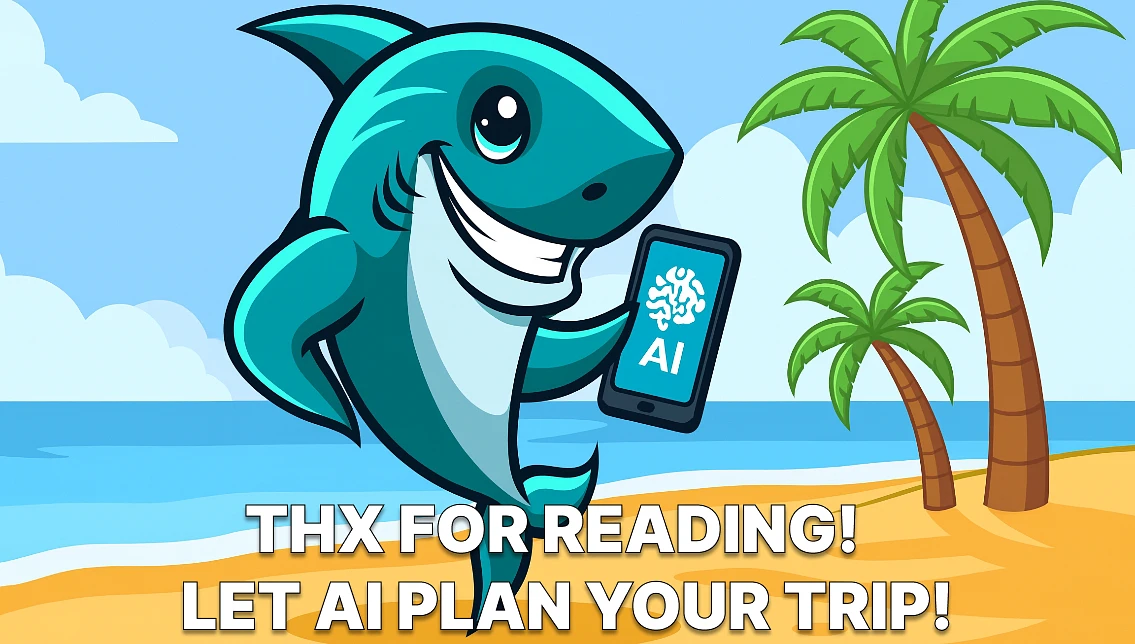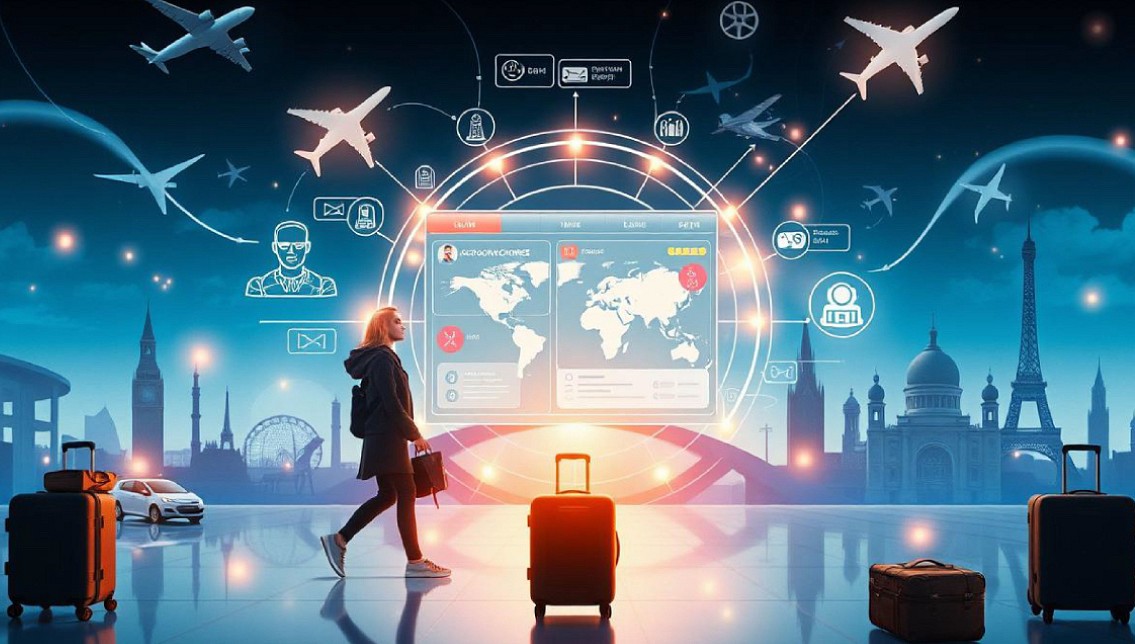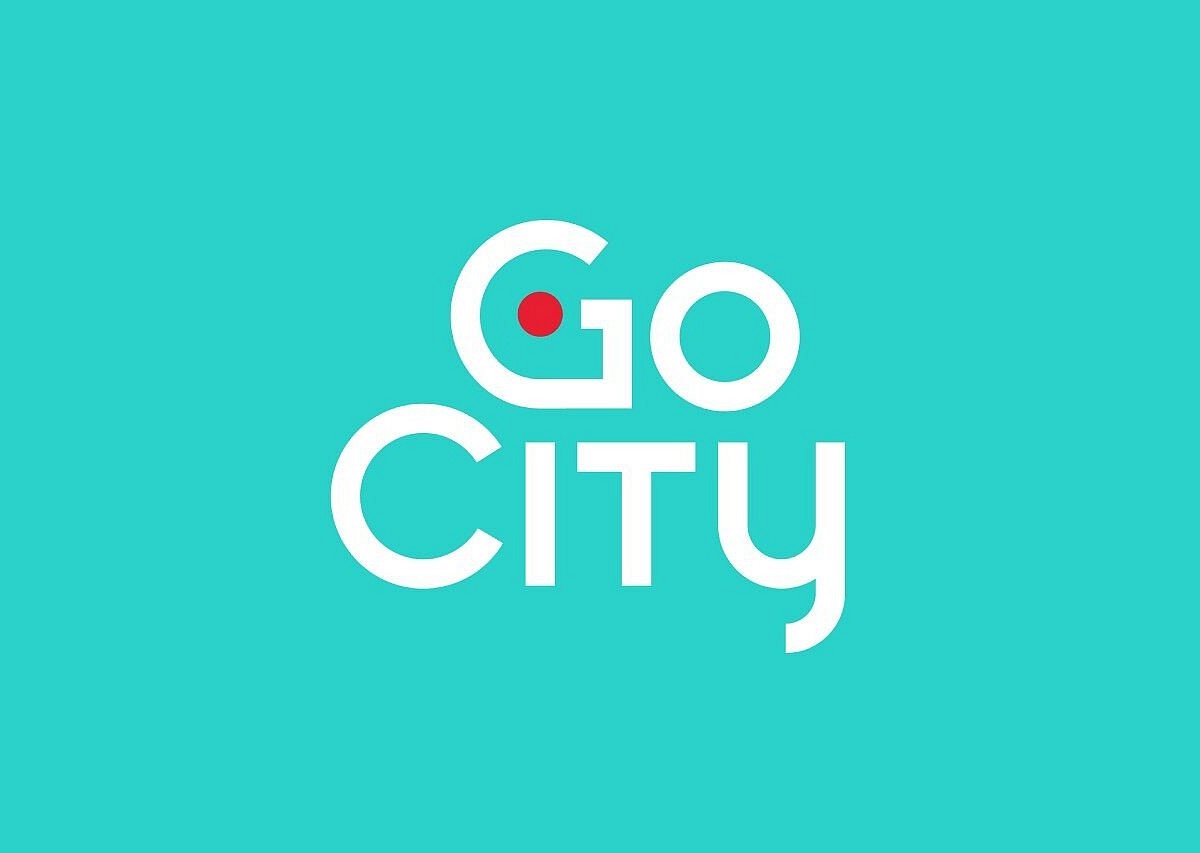🎯 Too Long; Didn’t Read
AI is overhauling how we plan trips. These systems analyze your past choices, your current mood, even real-time factors like weather and local events.
The tools making this happen are getting seriously sophisticated:
-
Predictive pricing scouts for deals before you know you want them.
-
Natural language processing lets you chat with an app like you would a human travel agent.
-
Augmented reality can overlay directions or historical info onto a city street through your phone.
Crucially, this all now happens with a sharper focus on data privacy, keeping your information secure.
But the tech isn't perfect. We're still grappling with big questions: How much data is too much? Does hyper-personalization make travel experiences less authentic?
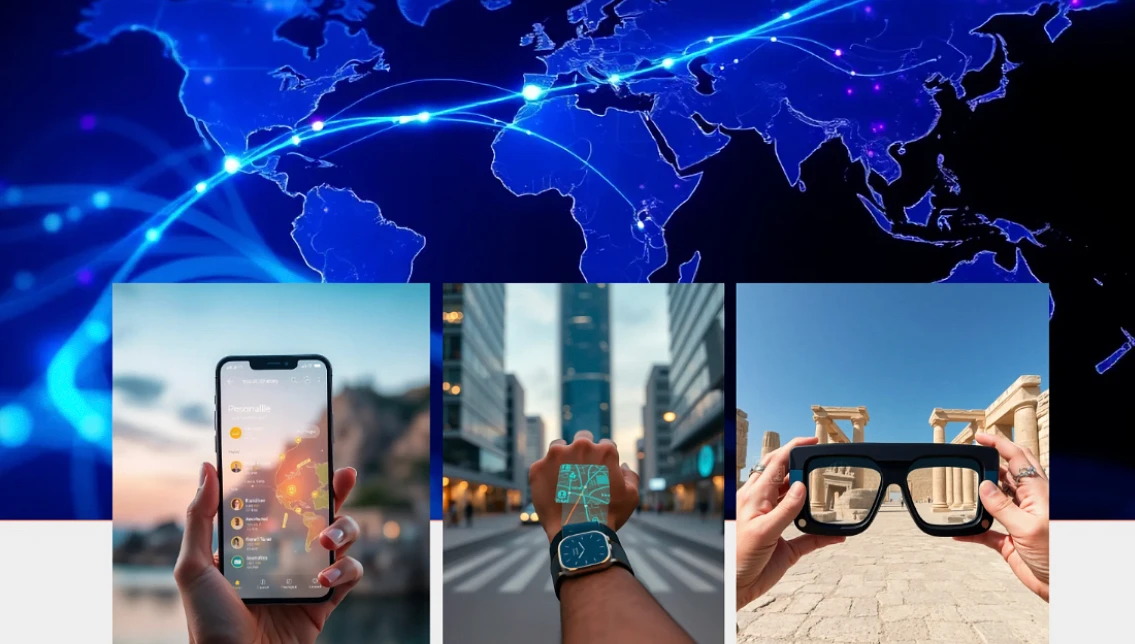
🦈 The travel sector's evolution is now fundamentally driven by algorithms and data. It’s a shift from generic booking engines to systems that actively curate.
Artificial intelligence (AI) now crunches a user's past behavior, real-time location, and even local events to construct a truly bespoke itinerary. The outcome is the rise of hyper-personalized travel experiences that feel less planned and more discovered.
Analyzing the state of AI-powered travel personalization in 2025 reveals a focus on predictive logistics and ambient computing. Think dynamic pricing that responds to your personal willingness to pay, not just broad demand. Or routing that pre-emptively adjusts for your pace, avoiding a crowded museum hall you'd hate.
The real game-changer is the move beyond the screen—integration with wearables and augmented reality for seamless, context-aware navigation and information. This deeper integration makes the technology feel less like a tool and more like an invisible guide.
The Rise of AI-Driven Personalization in Travel
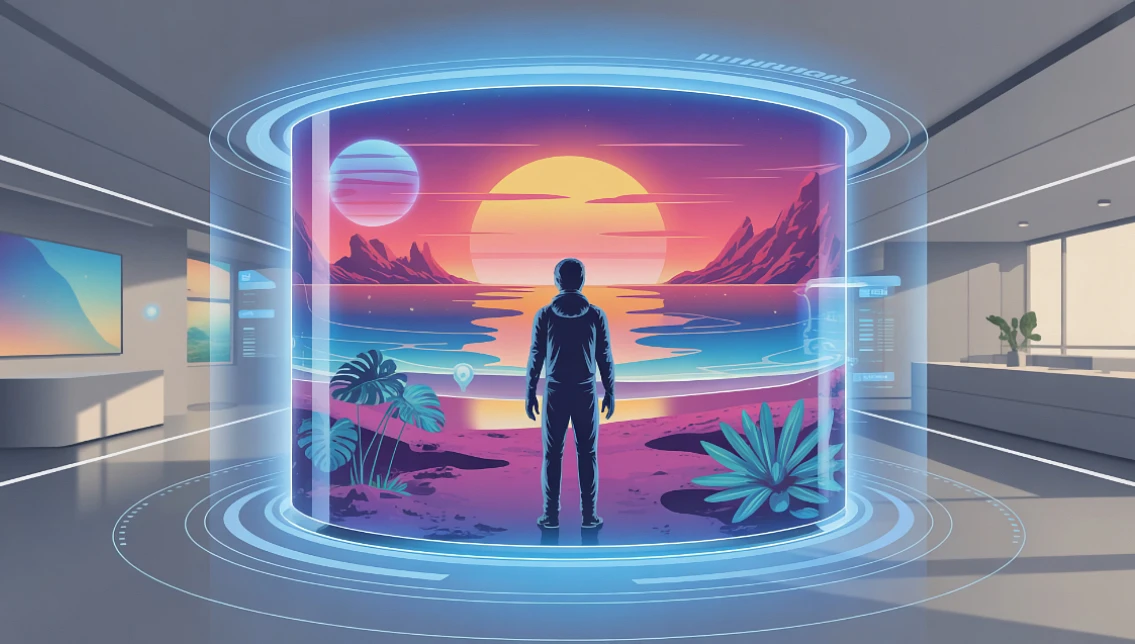
The travel industry is pivoting hard toward crafting unique trips built around a single person's obsessions, budget, and even their real-time whims.
It's driven by sophisticated AI-powered personalization engines that crunch insane amounts of data: your search history, past bookings, idle browsing on travel blogs, and live contextual info like local events or flight price fluctuations.
The endgame is genuine hyper-personalization—where dynamic pricing algorithms and predictive itineraries adapt not just to who you are, but to what you're doing right now.
Data-Driven Traveler Profiling
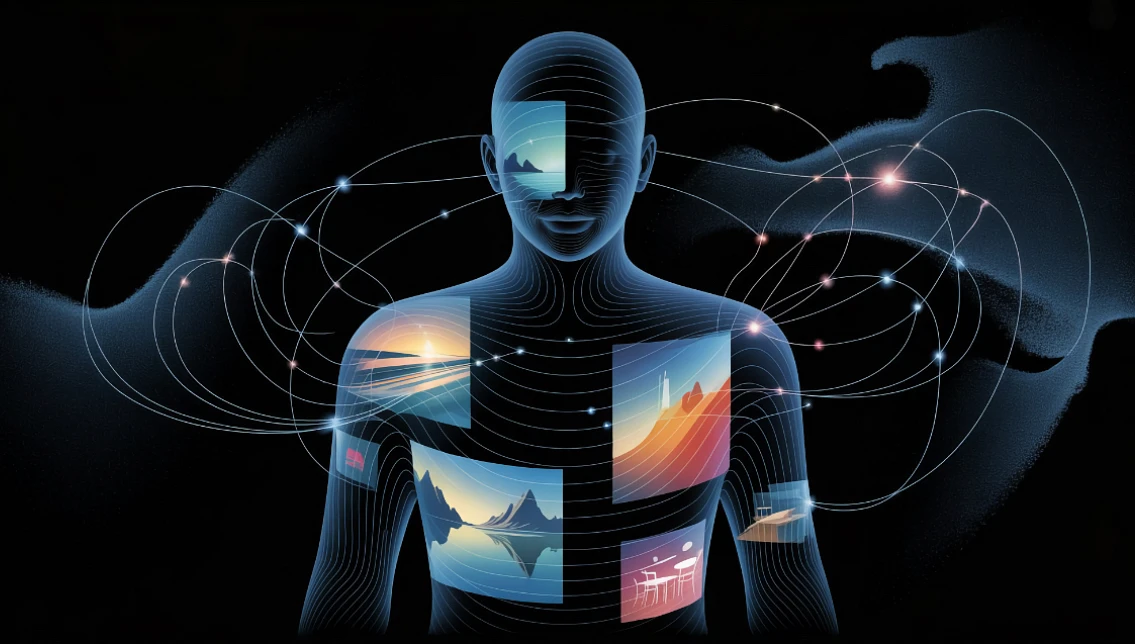
The real magic is the construction of a digital doppelgänger for each user. This process hinges on relentless data-driven analysis. Platforms don't just see your last hotel booking; they dissect your entire digital footprint. Algorithms parse search queries, social media likes, and even passive data like mouse-over hover times on photos.
The resulting profile is frighteningly comprehensive. It moves past declared preferences ("I like beaches") to uncover latent ones—like a tendency to book secluded resorts over crowded hostels, or a pattern of seeking out specific culinary experiences off the beaten path. This deep data analytics dive captures nuances: your exact tolerance for risk (adventure travel vs. a guided tour), your unstated budget flexibility when a deal arises, and even physiological responses via biometrics.
The final layer is context-aware personalization. The system accounts for a sudden rainstorm and pivots to recommend a cozy indoor venue nearby that still matches your dietary needs and price point. It’s a dynamic, living itinerary that learns and adapts in real-time, transforming a rigid plan into a responsive travel companion.
Hyper-Personalized Itineraries
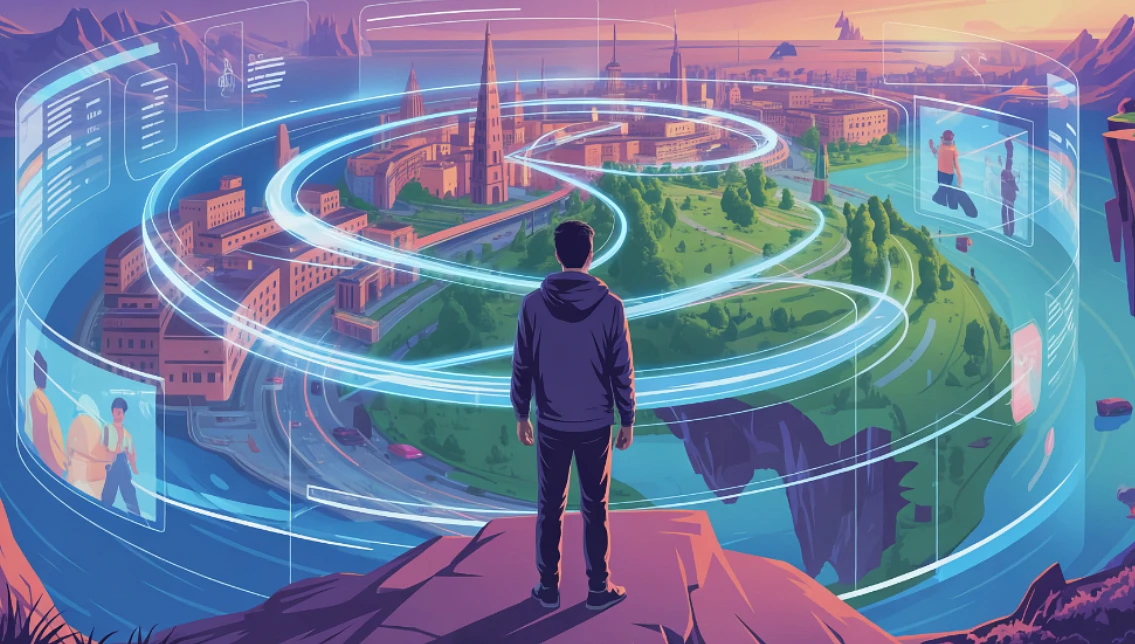
AI architectst trips. It moves beyond your past preferences, actively incorporating your stated goals—relaxation, adventure, deep cultural immersion. The real shift is from a pre-planned route to a living, breathing guide.
These plans are dynamic, adapting on the fly. They ingest real-time data: sudden weather shifts, unexpected crowd surges, even your own changing energy levels. Imagine your system proactively shifting a museum visit to a sunny afternoon because of a morning downpour. It might ping you with a lunch spot that’s not just gluten-free but also off the tourist trail, a true hidden gem it knows you’d appreciate.
The system’s ability to make these AI-powered itinerary personalizations introduces genuine spontaneity. The trip feels less rigid, more responsive. You trade a locked-in schedule for a fluid experience that respects context and your immediate state of mind. The outcome is a deeper, more satisfying engagement with your destination.
Emerging Technologies Shaping AI Travel Personalization
The push to automate travel isn't about a single miracle tech. It's a messy, practical integration of systems. Machine learning algorithms chew through colossal datasets of flight prices, hotel vacancies, and search trends. This isn't simple data analysis; it's predictive modeling.
Machine Learning and Predictive Analytics
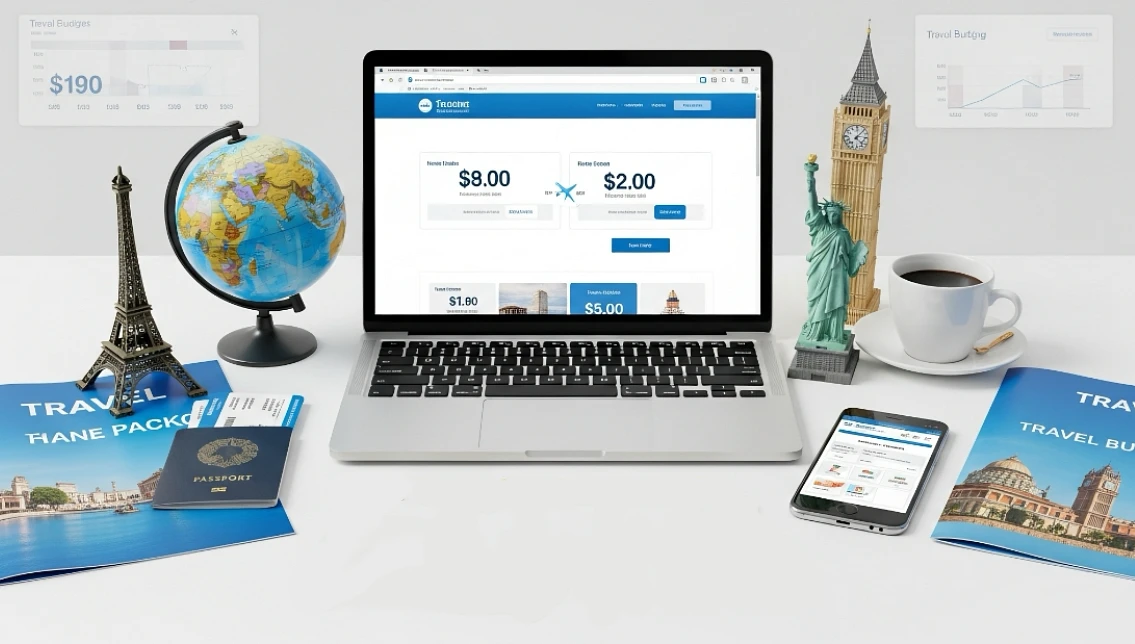
By applying machine learning to immense datasets of travel searches, bookings, and reviews, these systems detect subtle patterns in both individual and mass customer behavior. This allows them to forecast needs, often before a traveler has formed a concrete thought.
The practical applications are specific:
-
Predictive pricing models dissect millions of data points—like route demand, seasonal events, and even airline seat inventory—to calculate the statistically optimal time to purchase. This isn't a guarantee, but a calculated nudge to lock in a rate before a predicted price hike.
-
Mood-based destination recommendations move beyond simple filters like "beach" or "city." They might cross-reference a user's stated desire for "serenity" with reviews containing synonyms like "tranquil," "isolated," or "unplugged," then match those to destinations currently in a low-traffic season. It's an attempt to align a psychological state with a location's verified attributes.
For instance, Expedia's tools analyze global booking trends. If they detect a surge in searches for a specific airport, the algorithm might proactively suggest a nearby, less expensive alternative airport to a user who has indicated flexibility, directly aiming for maximum savings.
Natural Language Processing and Virtual Assistants
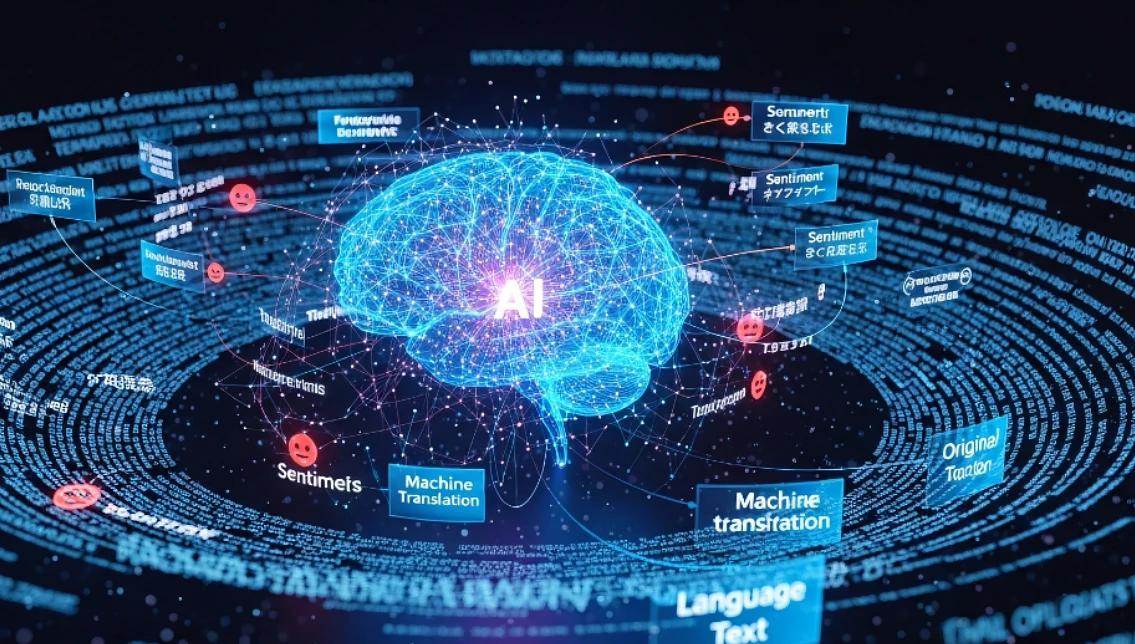
Modern travel chatbots leverage Natural Language Processing (NLP) to parse messy, human requests. They don't just find keywords; they grasp the context behind a query. This allows for a legitimately helpful, back-and-forth dialogue.
The practical upside is huge. A traveler isn't just searching; they're conversing. They can book a complex multi-leg journey using plain language. If a connection gets canceled, these systems don't collapse. They pivot. The tech re-routes flights, suggests nearby hotels with vacancies, and rebooks ground transport—all in real time.
Multilingual support is also key. It goes beyond simple translation. The best assistants provide nuanced, location-specific advice. Think etiquette tips for a specific region or warnings about local scams. This is contextual intelligence, not just a phrasebook.
Consider a real-world stress test: a flight delay strands passengers. Google's travel agent exemplifies this capability. It engages in a fluid dialogue, processes the crisis, and immediately offers concrete solutions—alternative flights available in the next few hours, nearby accommodation options that are still open. The value isn't in the booking function itself, but in the AI's capacity for rapid, logical problem-solving under pressure when a human agent might be unavailable.
Augmented Reality (AR) and Real-Time Local Experiences

AR is a game-changer for travel, moving beyond simple gimmicks. It superimposes digital info directly onto a user's physical surroundings. This creates a try-before-you-buy dynamic for destinations. Instead of static photos, potential travelers can take virtual tours of a specific hotel room, assessing its true layout and lighting. This functionality directly tackles purchase hesitation.
Practical applications are diverse:
-
Pre-arrival scouting: Tourists can use their phone to visually explore a hotel's pool, restaurant, or even the view from a balcony before committing to a booking. This reduces the mismatch between marketing and reality.
-
Contextual city guides: Pointing a device at a monument triggers an overlay of its history. The key difference is the delivery of obscure local anecdotes, not just textbook facts, adding a layer of depth traditional guides lack.
-
Dynamic experience matching: This is where AR converges with AI and big data. The system doesn't just show a static event listing. By analyzing a user's location, time of day, and demonstrated preferences, it can push a notification for a pop-up street food market or a small cultural performance happening nearby in real-time. This is a proactive, hyper-personalized discovery.
Major players are already deploying this. Marriott's app allows for detailed virtual tours of properties, a direct response to the desire for more booking confidence. More strategically, platforms like Lonely Planet experiment with AR map overlays. These guides don't just highlight the main tourist square; they redirect traffic to lesser-known gems, cafes, or street art alleys.
This intelligent distribution is crucial. It enhances the individual's experience while actively mitigating overtourism by dispersing crowds, a significant value-add for destination management. The underlying AI algorithms process immense big data sets on foot traffic and user ratings to power these recommendations.
Real-World Impact and Business Benefits
The adoption of AI-driven travel personalization offers advantages for both travelers and businesses in the travel ecosystem.
Increased Customer Satisfaction and Loyalty
Recent data reveals a massive shift: 74% of travelers aren't just hoping for personalization—they demand it. We're talking hyper-specific plans that don't just list generic attractions but actually recalibrate on the fly based on weather, local events, or a sudden desire for the best tacos in a five-block radius.
This tech is a goldmine for customer retention, sure. But the real win is subtler. True personalization builds a kind of passive trust. A user who feels understood by an app is less likely to shop around on competing platforms. They stop being a one-time booking and become a locked-in user.
The key, however, is avoiding the "uncanny valley" of recommendation engines—where suggestions are just slightly off, revealing the algorithm's limitations and eroding that trust entirely. It's a precarious balance between helpful and creepy.
Revenue Growth Through AI Personalization
Travel companies using AI-driven personalization see revenue jumps as high as 40%. This isn't just magic; it's a direct result of hyper-targeted marketing.
The key is relevance. Instead of blasting everyone with the same generic beach package, the tech analyzes a user's specific behavior—searches, past stays, even time spent looking at certain hotel photos. This data fuels tailored suggestions. A user eyeing boutique hotels gets offered a curated local food tour, not a generic chain restaurant. That specificity makes clicking "book" a no-brainer.
This strategy also unlocks smarter upselling. The system identifies the perfect moment to offer a premium option. A family booking a long-haul flight might get a targeted prompt for priority boarding—a major value-add for them, pure margin for the airline. It's a frictionless upgrade, feeling less like a sales pitch and more like a concierge service.
Ultimately, this curated experience builds value, encouraging longer trip durations. When a platform accurately suggests a compelling day trip or a highly-rated restaurant for night two, travelers extend their stay. They’re not just buying a room; they’re buying an ecosystem of vetted experiences, all personalized to their taste.
Seamless Omnichannel Experiences
Modern AI doesn't just book your trip; it stitches it together. It cross-references your flight status, hotel location, and dinner reservation in real-time. The system knows your plane is late, so it tells the hotel you'll be a no-show for check-in and alerts the restaurant. No more frantic app-switching. This constant, behind-the-scenes sync eliminates logistical headaches. You stop worrying about missing connections or double-booking yourself.
But there's a catch. This hyper-efficiency has a flattening effect. The AI optimizes for seamless logistics, not serendipity. It won't suggest that weird noodle stall you'd never find alone because it's not on the approved "local dining" list. It reduces missed opportunities you know about, but might blind you to the ones you don't. The trade-off is a perfectly planned, yet potentially less spontaneous, experience.
It's convenient, but the data points are all commercial, curated. Your entire digital footprint—calendar, emails, searches—feeds the machine. This isn't just planning; it's predictive life-management, a digital concierge that's also a data-hungry powerhouse. The smooth journey comes from a deep, almost intrusive, level of integration.
How Travelers Experience AI Personalization in 2025
Imagine this: you're in Santorini. Your phone buzzes—a subtle nudge from your travel assistant. Overnight, it rescheduled your winery tour. The forecast calls for afternoon wind; now you'll go when it's calm. It also flagged a tiny café, one not even in the top search results, because it knows you prefer authentic spots over tourist hubs. The entire update is just there.
Here’s how it works in practice:
-
Real-Time Reactive Itineraries: The system doesn’t just create a plan; it constantly refines it. A sudden downpour? Your walking tour is instantly replaced with museum options and a booking for a covered gondola ride. A local festival causing transit delays? It already has rerouted your transport. The core function is dynamic adjustment, reacting to live data streams to avoid hiccups.
-
Goal-Oriented Trip Design: Instead of picking activities one-by-one, you define a purpose. You might input “culinary deep dive with minimal crowds” or “maximize museum time for a history buff.” The AI’s algorithms then build a travel experience from the ground up to match that objective. It sources niche blogs, checks opening hours, and clusters locations logically. The result is a hyper-efficient, bespoke schedule built for a specific outcome, not a generic list of attractions.
-
Memory Across Trips: This is where it gets smart. The platform remembers everything. You disliked a specific airline’s seating? It knows. You always book rooms away from elevators? Noted. You used a loyalty perk for a room upgrade in Barcelona? It will automatically apply the available ones for your Tokyo trip. This accumulated data—your preferences, past choices, and feedback—creates a profile that makes each subsequent journey more finely tuned and personally relevant.
By outsourcing the logistics—the constant checking, re-routing, and optimizing—the tech removes the cognitive load of travel. You're left with a glitch-free experience that lets you actually be present. The AI handles the friction, so you can just enjoy the trip.
Case Studies: AI Personalization Success Stories in Travel
Several leading travel companies have embraced AI-driven personalization to drastically improve traveler experience and operational efficiency.
Trip.com’s TripGenie: Real-Time AI Itinerary Management
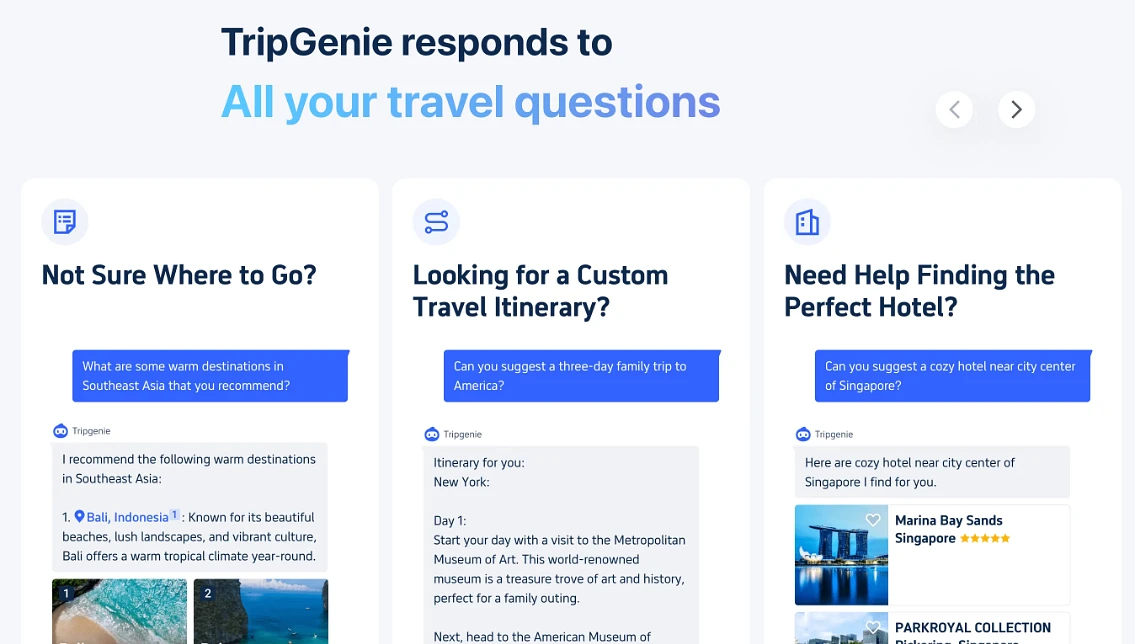
Leading travel companies now leverage AI for hyper-personalization, moving beyond simple bookings. Trip.com's TripGenie exemplifies this shift. Its core function involves synthesizing disparate, live data streams.
The system cross-references objective metrics like weather and crowd density with a subjective profile of the traveler—solo, family, or business. This synthesis is key. For a family, a rainy forecast might trigger indoor museum suggestions, while a solo traveler could get a recommendation for a cozy café in the same district.
The true value emerges in its dynamic recalibration. A closed museum isn't just a problem; it's a trigger for the algorithm to instantly propose vetted alternatives with similar cultural value and logistical feasibility (e.g., distance, current wait times). This mitigates decision fatigue on the ground. The outcome isn't merely reduced stress; it's a more resilient and efficient travel experience. The tech handles disruptions, freeing the user to remain present.
Expedia’s AI Assistant: Booking and Disruption Management
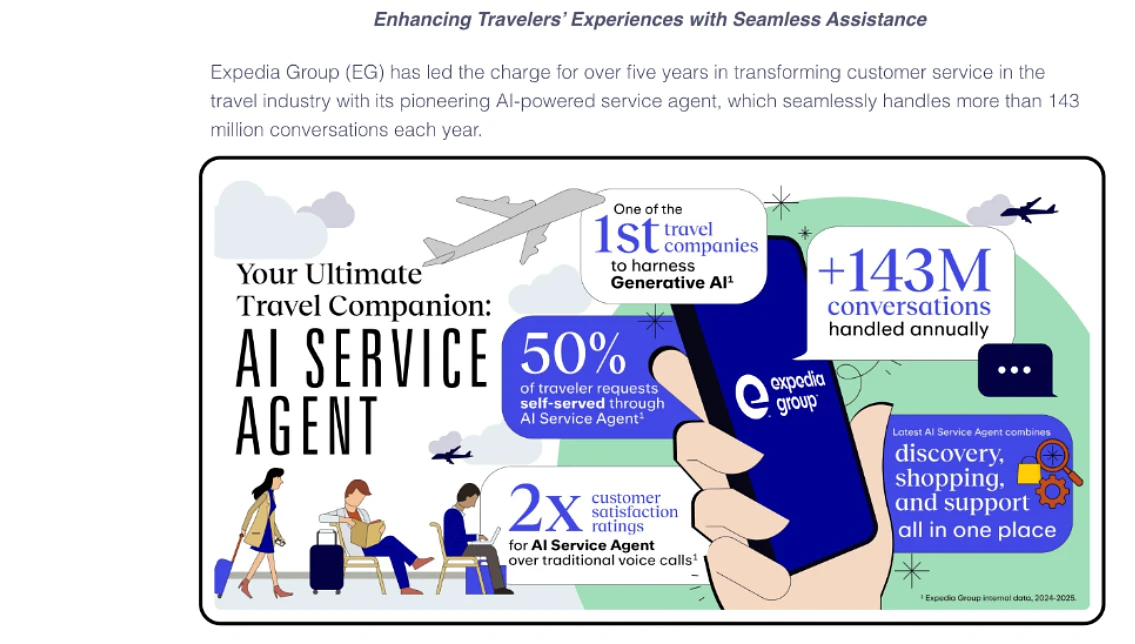
Expedia’s new assistant digs into your calendar and emails (with a clear thumbs-up from you, of course). It then moves beyond basic bookings. The system is scary good at the little things that grind a trip to a halt.
Think: your calendar shows a meeting ending at 4 PM. The assistant doesn't just note it—it calculates traffic to the airport and your personal preference for buffer time, then pushes a notification: "Heads up, for your 6:30 flight, leave by 4:15 PM to account for typical I-5 traffic." That’s next-level convenience.
This hyper-personalization is the core of its customer service model. It’s proactive, not reactive. A flight cancellation triggers more than a simple alert. The tool instantly cross-references your entire itinerary—hotel check-in, a rental car booking—and serves up a curated list of alternative flights that actually work with your schedule. This eliminates the frantic, time-sucking scramble. The result is a major boost in efficiency and a significant drop in traveler stress.
By understanding the reason behind your trip (a business conference, a family wedding), the AI can prioritize what matters most: minimizing downtime or maximizing experience. It handles the logistics so you don't have to.
Kayak’s Price Forecast Tool: Smart Booking Decisions
Kayak's forecasting tool runs on AI models chewed through a colossal pile of historical pricing data. It doesn't just guess; it calculates probability. This gives users a tactical edge, moving them beyond the frustrating gut call of "should I book now or wait?".
The core mechanism is predictive analytics, which identifies complex, non-obvious patterns in fare fluctuations. The outcome isn't a guarantee, but a data-driven recommendation on whether prices for a specific route are statistically likely to jump or drop. For travelers, this translates to concrete savings—sometimes hundreds—on each trip.
The real value goes beyond the financial win. This functionality fundamentally alters the user experience from a stressful gamble into a confident, strategic decision. That shift is crucial: it builds sustained user trust and cements engagement, because the platform provides a unique, actionable insight rather than just a transactional service.
Google’s SGE Travel Mode: Visual Interactive Planning
Google's SGE travel mode ditches the standard list of links. Instead, it builds a dynamic, visual itinerary right on the map. Activities are color-coded—say, blue for museums, green for parks—making it incredibly easy to scan and plan spatially. This isn't just a static picture; it's layered with real-time data like wait times or closing hours, pulled directly from Google's live databases.
The core of its utility is personalization. The system doesn't just show you everything; it prioritises options based on inferred customer preferences from your search history and behaviour. You see a schedule that actually makes sense for your pace, avoiding the robotic, one-size-fits-all itinerary.
It synthesises complex variables—location, timing, your tastes—into a single, manageable visual interface. This transforms trip management from a tedious logistical task into a more intuitive process of discovery.
UK Travel Company’s AI for SEO and Personalized Content
A major UK travel company integrated AI-based content generation and SEO tools to move beyond static web pages. Instead of displaying the same generic beach holidays to every visitor, the system analyzes a user's behavior—searches, clicked links, time on page—to assemble unique, hyper-relevant suggestions. This shifts the model from mere advertising to a form of digital concierge service.
The core of the strategy was targeting user intent rather than just keywords. The AI identifies whether a visitor is a luxury seeker, a budget backpacker, or a family planning a complex itinerary. It then sculpts content to match that precise mindset, pushing specific deals and destinations they're actually primed to book.
This focus on intent directly fueled a surge in qualified personalized travel recommendations. The result wasn't just more traffic; it was more of the right traffic. Higher engagement metrics signaled to search algorithms that the site was a top-tier resource, further boosting its rank. This created a virtuous cycle: better data drove better personalization, which drove better rankings.
The system's real-time adaptability also allowed for dynamic pricing integration. The AI could highlight last-minute deals or premium packages exactly when a user's intent suggested they were most receptive, squeezing more value from each click. This technical SEO approach, focused on semantic search and behavioral cues, proved far more effective than simply stuffing articles with popular terms.
Deep Dive into AI Technologies in Travel Personalization
To fully appreciate this evolution, understanding the underlying AI technologies is essential.
Deep Learning for Image and Speech Recognition
Deep learning, a branch of machine learning, drives the complex AI that interprets sensory data. This tech is a total game-changer for travel, moving far beyond simple convenience. It enables voice-activated assistants, but the real value isn't just hands-free booking—it's their growing ability to parse messy, natural language requests amid background noise on a busy street.
Visual recognition allows a smartphone to identify a landmark. More critically, it powers real-time sign translation. This doesn't just read text; it deciphers context, which is fundamental for navigation and cultural immersion without a language barrier.
Perhaps the most significant application is data analytics through sentiment analysis. Systems scour thousands of traveler reviews, moving beyond star ratings to gauge genuine emotion and specific complaints. This provides raw, unfiltered intelligence. Companies then leverage these nuanced insights to refine offerings and craft highly targeted marketing strategies, directly responding to consumer desires they previously had to guess.
Reinforcement Learning for Dynamic Decision Making
Reinforcement learning is how an AI masters a task through trial and error. Think of it less like following a map and more like learning to navigate a city by walking it. The system explores options, gets feedback from each action, and internalizes what works.
This method is key for real-time travel optimization. Standard AI algorithms might suggest a pre-calculated fastest route. In contrast, a reinforcement model continuously adapts. It doesn't just process data—it learns from it. Upon encountering a live traffic snarl-up, the algorithm doesn't merely reroute. It recalibrates its entire strategy, weighting future choices against this new outcome.
The core mechanism is a feedback loop: an action (choosing a route) leads to a state (heavy traffic) and a resulting reward (a time penalty). The AI's objective is to maximize cumulative reward. This constant, dynamic adjustment to a fluctuating environment is what improves overall travel fluidity. The outcome is a more responsive and less brittle navigation system.
Knowledge Graphs and Semantic Search
A knowledge graph moves beyond a simple database. It maps raw data—locations, events, user reviews—into a web of connected entities. This structure understands that a "Eucharistic Congress" in Budapest is not just an event; it's linked to specific dates, neighbourhoods, Catholic history, and traditional Hungarian cuisine.
This is where semantic search becomes powerful. Instead of just matching keywords like "Budapest food," it deciphers intent. It leverages the knowledge graph's connections to suggest a family-run cafe near a festival you're browsing, one known for its árvalányhaj pastries. The tech can then assemble these disparate points—a festival, a nearby historic bakery, a related architectural tour—into a single, coherent "Culinary History" itinerary.
The real shift is toward hyper-personalized, data driven decision making for travelers. You're getting a recommendation based on a deep analysis of interconnected data: your interest in baking, a local event happening that week, and the proximity to your booked hotel. It’s a smarter, more efficient way to discover off-the-beaten-path locations that feel uniquely tailored to you.
Privacy-Preserving AI
Travelers are finally getting wary of handing over their digital lives for a customized itinerary. The industry is responding, ditching the centralized data-hoarding model. The new approach is privacy by design.
Instead of sucking all your data into a cloud server, companies use on-device processing. Your phone or laptop does the initial analysis of your preferences locally. Then, only the anonymized insights—never the raw data—are sent back. This is data minimalism in practice.
This shift is powered by techniques like federated learning. It’s a decentralized system where the AI model learns from your device's data but doesn't ever take it. The model travels to the data, learns, and leaves the information behind. This allows for genuine AI-powered personalization—recommending that hidden gastropub because you loved similar spots—without forcing you to surrender your location history.
The key fuel for this is zero-party data. That's information a user intentionally and proactively shares with a brand, like a preference quiz or a list of desired vacation activities. It’s given, not taken. This is the opposite of covert tracking; it’s a value exchange built on explicit trust.
Ethical Considerations and Balancing Authenticity
AI's drive for hyper-personalization presents a serious ethical tightrope. The core risk? An algorithmic feedback loop that constantly refines suggestions based on mass appeal. Quirky local bookstores, family-run eateries, unconventional art—anything not algorithmically "optimized" gets squeezed out.
The result is a sterile, homogenized customer journey where every traveler gets funneled toward the same pre-vetted, popular attractions. Serendipity dies.
This system runs on data—massive amounts of it. The constant harvesting of personal and behavioral information to fuel these models raises immediate privacy red flags. It’s a trade-off: convenience for a pervasive, often invisible, surveillance.
The real challenge isn't ditching the tech but forcing it to serve a human goal. The solution lies in designing touchpoints that leverage AI for grunt work—logistics, availability, deep data mining—while deliberately creating gaps for human spontaneity. 🦈
❓FAQ❓
❶ Can AI personalization adapt to travelers with disabilities?
Absolutely. Modern AI travel tools are now baking in accessibility settings by default. They don't just flag a hotel as 'accessible'—they get specific. We're talking about filtering for everything from wheelchair-accessible routes and hotel rooms with roll-in showers to options for the neurodiverse, like quieter hotels or sensory-friendly airport lounges. The tech even maps out step-free city navigation.
❷ What are some privacy risks with AI travel personalization?
Privacy measures try their best. But that incredibly intimate data—your unique swipe patterns, even your voiceprint—gets scraped and logged. This stuff is a goldmine. And goldmines get targeted. So the threat of a leak or misuse never really goes away; it's a constant, built-in hazard.
❸ Will AI replace human travel agents entirely?
AI will handle the grunt work—churning through bookings, schedules, and standard itineraries. This frees up human agents. They will handle the emotional, unpredictable, and deeply custom requests that machines simply can't compute.
